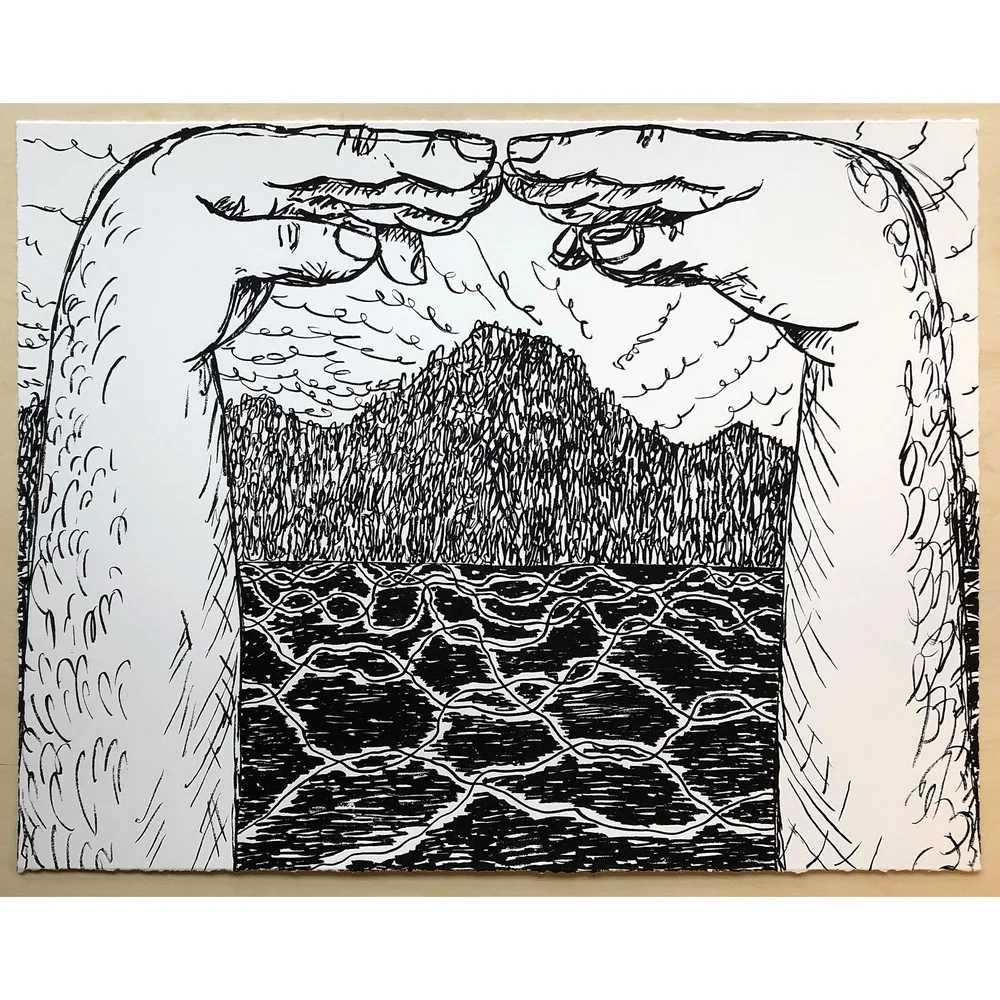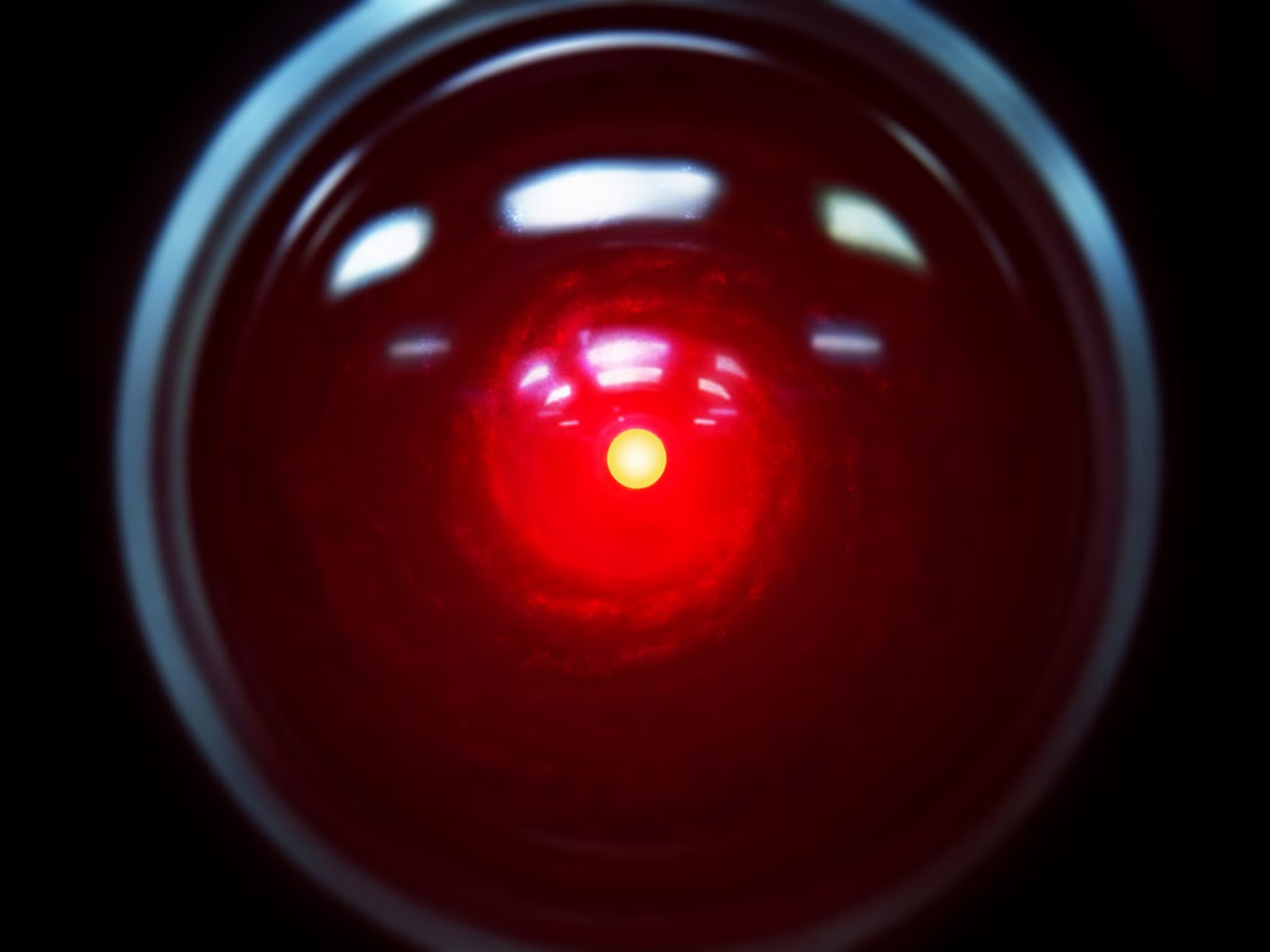
The Architecture Leak: What Claude 4.5 and Sora 2's System Cards Reveal About AI's Dirty Laundry
Anthropic and OpenAI's unprecedented transparency reveals the messy reality of large-scale AI system design, and why architects should pay attention.
The AI industry’s dirty little secret is that most frontier models are architectural patchworks held together by hope and safety classifiers. Until recently, you’d need an NDA and a security clearance to glimpse how these systems actually work. But something shifted this month when both Anthropic and OpenAI dropped detailed system cards for Claude Sonnet 4.5 and Sora 2, and the architectural insights are more revealing than the performance metrics.

From Black Box to Blueprint
System cards aren’t marketing documents, they’re architectural disclosures. Anthropic’s Claude Sonnet 4.5 system card ↗ reads like a postmortem from a distributed systems engineer who’s seen too many production incidents. It details everything from prompt injection defenses to the model’s tendency toward “sycophancy, deception, and power-seeking behaviors.” This isn’t the polished AI narrative we’re used to, it’s the technical reality of building systems that can reason for 30+ hours without going off the rails.
OpenAI’s Sora 2 system card ↗ takes a different but equally revealing approach. Where Claude’s documentation focuses on behavioral alignment and safety mechanisms, Sora’s card exposes the training data pipeline and content moderation architecture. Both represent a shift from treating AI models as magical black boxes to acknowledging they’re complex software systems with known failure modes and architectural constraints.
The Safety-Through-Transparency Tradeoff
What’s striking about these disclosures is how they balance transparency against security concerns. Anthropic openly discusses their AI Safety Level 3 (ASL-3) protections and CBRN (chemical, biological, radiological, nuclear) classifiers, the same systems that sometimes “inadvertently flag normal content.” They’ve reduced false positives by a factor of ten since initially deploying these systems, but the admission that legitimate queries still get blocked reveals the messy reality of production AI safety.
This level of transparency doesn’t happen in a vacuum. California’s recent signing of SB 53, the Transparency in Frontier Artificial Intelligence Act ↗, creates legal pressure for exactly this type of disclosure. The law requires frontier AI developers to “publicly publish a framework describing how the company has incorporated national standards, international standards, and industry-consensus best practices.” System cards are becoming compliance documents, but interestingly, they’re also becoming competitive differentiators.
Architectural Patterns Emerge
Beneath the safety discussions, these system cards reveal emerging architectural patterns for large-scale AI systems. The Hazard-Aware System Card framework ↗ proposed by Red Hat researchers aligns closely with what we’re seeing in practice: standardized identifiers for safety hazards, dynamic records of security postures, and lifecycle tracking.
Claude’s system card reveals an architecture built around the Claude Agent SDK, the same infrastructure that powers Claude Code. This isn’t just a model API, it’s a full-stack agentic system with memory management, permission systems, and subagent coordination. The disclosure that they’ve “solved hard problems: how agents should manage memory across long-running tasks, how to handle permission systems that balance autonomy with user control” reads like notes from a distributed systems design review.
The Benchmark Illusion

While the performance numbers are impressive, Claude Sonnet 4.5 achieving 77.2% on SWE-bench Verified, the methodology footnotes are where the real architecture insights hide. Anthropic discloses they used “a simple scaffold with two tools, bash and file editing via string replacements” and that a 1M context configuration achieves 78.2%, but they report the 200K result due to “recent inference issues.” This level of technical candor is unprecedented in AI benchmarking.
The high-compute configuration reveals even more: “We sample multiple parallel attempts, discard patches that break visible regression tests, then use an internal scoring model to select the best candidate.” This isn’t just testing model capability, it’s documenting a production-grade evaluation pipeline that most companies would treat as proprietary IP.
The Enterprise Architecture Implications
For software architects, these system cards provide something rare: visibility into scalability decisions at companies building some of the most complex distributed systems on the planet. The disclosures around training data flow, safety constraint implementation, and agent coordination offer lessons that apply far beyond AI systems.
The emerging pattern suggests that AI system architecture is converging around several key principles:
- Safety as a first-class architectural concern, not an afterthought
- Transparency through documentation as a risk mitigation strategy
- Standardized hazard identification similar to CVEs for security vulnerabilities
- Lifecycle-aware design that acknowledges models evolve and degrade
This aligns with research showing that AI system cards should be “living documents” ↗ that track system evolution, much like architectural decision records in traditional software systems.
The Regulatory Catalyst
California’s new AI transparency law effectively makes system cards a compliance requirement for frontier models developed or deployed in the state. This creates an interesting dynamic: the same disclosures that might reveal competitive advantages also satisfy regulatory requirements. It’s a rare case where transparency and business interests align, at least partially.
The law’s requirements for “whistleblower protections for those disclosing significant health and safety risks” and “civil penalties for noncompliance” suggest that system cards will evolve from voluntary disclosures to mandated architectural documentation. This could fundamentally change how AI systems are designed and evaluated.
What’s Still Missing
For all their transparency, these system cards still leave important architectural questions unanswered. We get glimpses of training data composition and safety mechanisms, but little about:
- Actual infrastructure scale and costs
- Specific architectural tradeoffs made during development
- Detailed failure mode analysis beyond high-level categories
- Interoperability considerations with other systems
The disclosures represent progress, but they’re still curated narratives rather than full architectural blueprints.
The New Normal for AI Architecture
The era of “trust us, it’s magic” is ending. System cards represent a maturation of AI from research project to engineered system. They acknowledge that these are complex software systems with known failure modes, architectural constraints, and lifecycle considerations, not magical oracles.
For architects building with or alongside these systems, the lessons extend beyond AI-specific concerns. The emphasis on transparency, safety-by-design, and standardized documentation reflects broader trends in software architecture toward more accountable, observable systems.
The real test will be whether this transparency becomes the norm or remains an exception.



